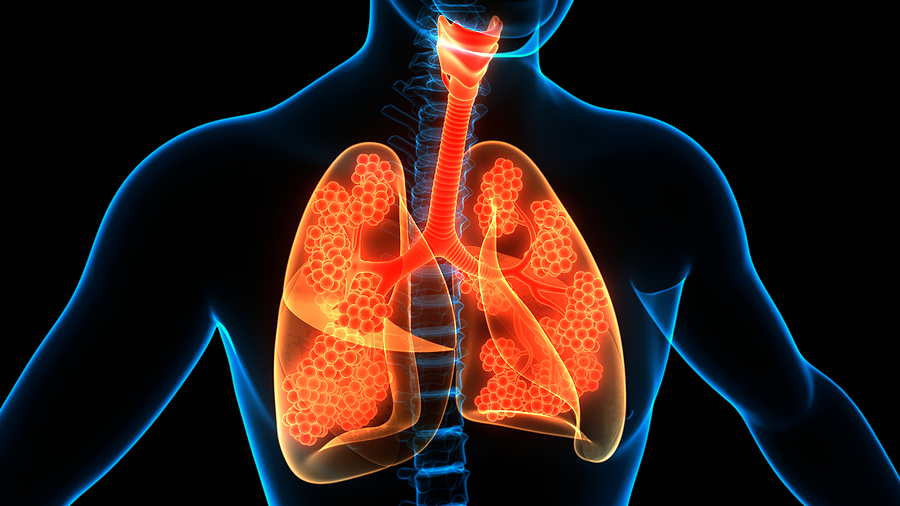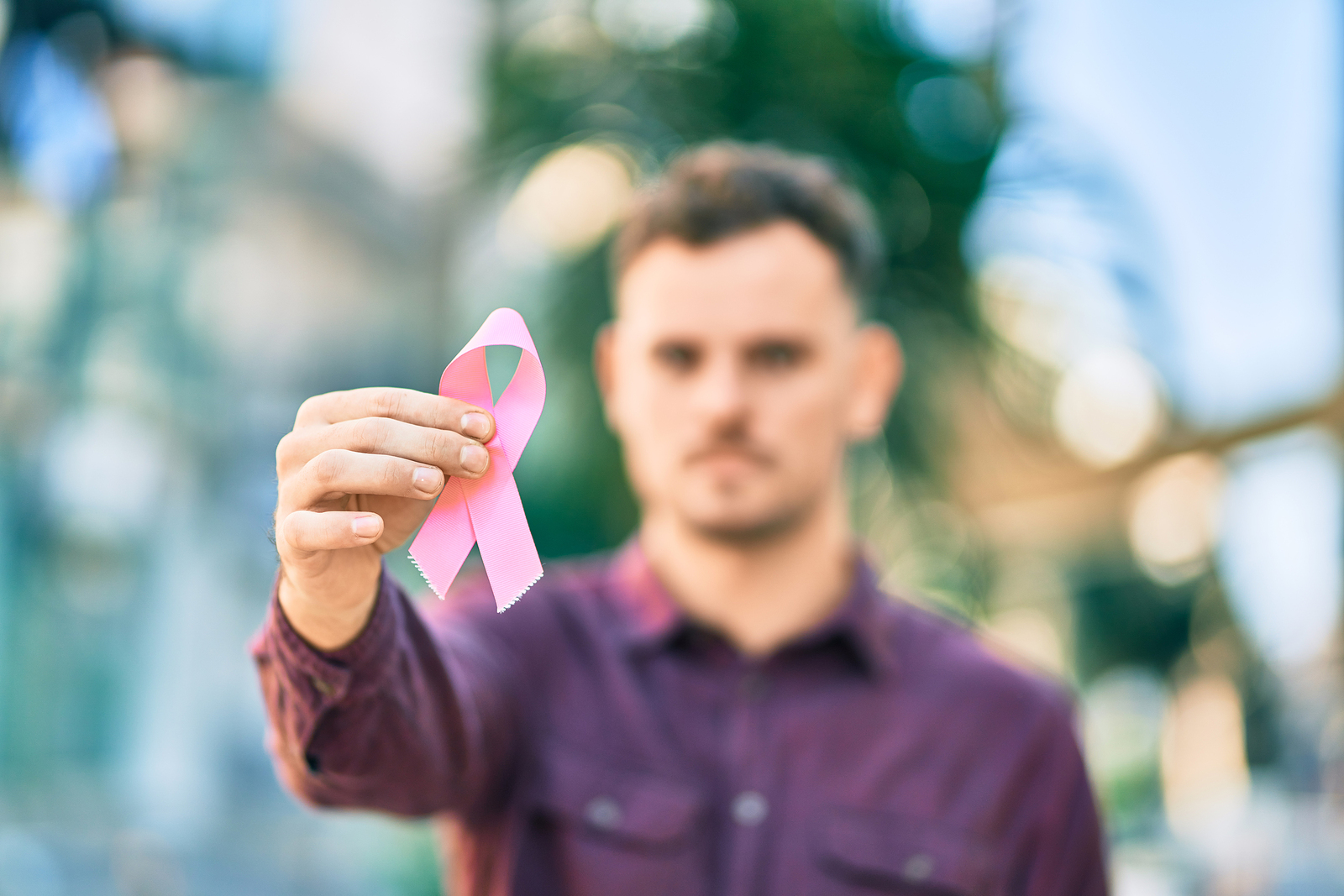9/11 and Malignant Neoplasm of Heart, Mediastinum, and Pleura
 It was one of the most memorable images from the World Trade Center and lower Manhattan in the hours and days after the terrorist attack on September 11, 2001: People covered in dust. Unfortunately, the dust contained hundreds of toxins, such as cement, gypsum, asbestos, glass fibers, calcium carbonate, lead, and other metal particles. Over the years after the attacks occurred, the first responders and people who lived, worked, or attended school in lower Manhattan (as far north as Houston Street) began experiencing serious health issues because of the exposure to these substances.
It was one of the most memorable images from the World Trade Center and lower Manhattan in the hours and days after the terrorist attack on September 11, 2001: People covered in dust. Unfortunately, the dust contained hundreds of toxins, such as cement, gypsum, asbestos, glass fibers, calcium carbonate, lead, and other metal particles. Over the years after the attacks occurred, the first responders and people who lived, worked, or attended school in lower Manhattan (as far north as Houston Street) began experiencing serious health issues because of the exposure to these substances.
If you have suffered a malignant neoplasm of the heart, mediastinum, or pleura and you were exposed to the toxic dust at Ground Zero on September 11, 2001, or lived, worked, or went to school on lower Manhattan at any time through the end of 2001 up until July 31, 2002, read on for more information about the cardiac conditions as well as how to apply for medical monitoring /lifetime coverage and compensation through federal 9/11 victims programs.
What is a Malignant Neoplasm of the Heart, Mediastinum, and Pleura?
The mediastinal is the middle part of the chest, marked by the breastbone in front, the spine in back, and the lungs on each side. The mediastinal contains vital organs, including the heart, aorta, trachea, and thymus. A malignant neoplasm is an abnormal growth of cells known as a tumor, which can spread to other parts of the body. Tumors can occur in any area of the mediastinal and are categorized by their location. Tumors affecting this part of the body include:
Anterior Mediastinal Tumors
- Germ cell tumors, which are the most common type of mediastinal tumor, account for about two-thirds of cases.
- Lymphoma, including Hodgkins and non-Hodgkin’s.
- Thymoma and thymic cysts that develop in the thymus.
- Thyroid mass mediastinal, which is a benign growth such as a goiter, which can eventually develop into a cancerous mass.
Middle Mediastinal Tumors
- Bronchogenic cysts, which are a disease that impacts the respiratory system.
- Lymphadenopathy mediastinal, which is a disease in the lymph nodes. This type of tumor can also occur in the posterior mediastinal lymph nodes.
- Pericardial cysts, which include growths that begin in the lining of the heart.
- Tracheal tumors.
Posterior Mediastinal Tumors
- Neurogenic neoplasm mediastinal tumors, which are cells that grow outside of the normal area and are not part of the surrounding tissue.
- Extramedullary hematopoiesis, which is a mass formed within the bone marrow.
- Neuroenteric cyst mediastinal, which is pus-filled sacs that develop within normal tissue.
The Symptoms of Mediastinal Tumors
As with many forms of cancer, mediastinal tumors often do not produce symptoms until the later stages of the disease.
If present, symptoms can include:
- Coughing, with or without blood, as well as shortness of breath.
- Wheezing or a high-pitched sound when breathing.
- Hoarseness.
- Night sweats, fever, or chills.
- Unexplained weight loss and low iron level, which is known as anemia.
- Swollen or tender lymph nodes.
Most tumors occurring in the heart are not cancerous. However, some heart tumors—such as sarcomas—most often occur in the lining around the heart, known as the pericardial sac. The pleura is the lining of the lungs. Tumors can also form in this lining, and between the lungs and the chest cavity. Pleural tumors are very difficult to operate on, and often result in a poor prognosis.
How Mediastinal Tumors Are Diagnosed
These diagnostic tests may show a mediastinal tumor:
- A chest X-ray to look for tumors.
- A CT-guided chest biopsy. Doctors insert a needle into the affected tissue and withdraw and analyze a tissue sample for abnormal cell growth.
- MRI of the chest.
- A mediastinoscopy, where a surgeon inserts a small camera into the chest to examine the mediastinal, and a biopsy collects tissue samples.
The Treatment of Mediastinal Tumors
The treatment of a malignant neoplasm of the heart, mediastinum, and pleura depends on the type of mediastinal tumor.
Some common treatments for tumors in this region of the body include:
- Surgical resection of thymomas, which can often be accomplished through minimally invasive procedures, though sometimes the resection involves the opening of the chest cavity. Radiation therapy to kill off the remaining cancer cells generally follows surgical resection of the tumor. Doctors employ surgical resection for neurogenic tumors found in the posterior mediastinal as well.
- Thymic cancers and lymphomas are usually treated with a combination of surgery to obtain diagnostic tissue, chemotherapy, and radiation.
- Some masses are slow-growing and do not require immediate medical intervention. These tumors are often monitored and then treated as they begin to grow or spread.
Obtaining Medical Care and Monitoring After Your Diagnosis
As you can see, the medical treatment involved simply in diagnosing a mediastinal tumor is extensive, and aggressive treatment of the disease for months or even years after diagnosis usually follows diagnosis. If you have been diagnosed with a malignant neoplasm of the heart, mediastinum, and pleura after spending time at or near Ground Zero (any area in downtown Manhattan south of Houston Street) between September 11, 2001, and July 31, 2002, you can apply for the WTC Health Program. This program provides medical care and monitoring through partnerships at the Medical Centers of Excellence in the NY Metro area as well as a solid network of healthcare providers across the country for eligible first responders and citizens who lived, worked, or attended school in the area during that time frame and were exposed to the toxic dust plume created by the terrorist attack.
The WTC Health Program is one of two federal programs that Congress initially funded shortly after the 9/11 attacks and reauthorized through the James Zadroga Act of 2010. Congress since funded the programs through 2090.
To apply for the WTC Health Program, individuals should:
- Ensure that you are eligible. The program is available for 9/11 responders from FDNY; general responders to the 9/11 terrorist attack at the World Trade Center during the affected dates; those who lived, worked, or attended school in the New York City disaster area; responders to the terrorist attacks at the Pentagon and in Shanksville, PA.
- Review and gather the documentation you will need to submit with your application. Required documentation includes evidence of your presence at an impacted site during the applicable dates, as well as documentation of your program-eligible medical condition.
- Apply for the program online or by submitting your application and all supporting documents (including multiple detailed affidavits) by mail or fax.
Obtaining Compensation for the Expenses and Impacts of Your Mediastinal Tumor
The September 11 Victim Compensation Fund (VCF) is the second federally funded program that the Zadroga Act reauthorized and funded through 2090. This program provides compensation for wage loss and the quality-of-life impacts of your disease, such as physical pain and suffering. Family members of individuals who died from a 9/11-related medical condition may also recover compensation through a wrongful death VCF claim.
- Get your 9/11-related medical condition certified by the WTC Health Program, if you have not done so already. Program certification does not obligate you to participate in the program and participating in the WTC Health Program does not automatically entitle you to obtain compensation from VCF.
- Register for the VCF by your applicable registration deadline. Your registration is not the same thing as filing a claim, but reserves the right for you to file a claim at any time before the program expires in 2090. The registration deadline is not the same for everyone. If you were certified for a 9/11-related medical condition by the WTC Health Program before July 29, 2019, you must register to file a claim by July 29, 2021. This is the deadline to register if you are filing a wrongful death claim for an individual who died from a WTC Health Program-certified condition before July 29, 2019. For claimants who did not obtain certification for their 9/11-related medical condition or whose loved one died of a certified condition after that date, the deadline for registering with the VCF is two years from the last date listed on the WTC Health Program certification of your condition.
- File your claim and supporting documentation before October 1, 2090.
Once you file your claim, it will undergo a review process that includes:
- A preliminary review checks your claim to ensure that you submitted all of the required documentation. If any of the documentation is missing or insufficient, the VCF will send you a letter noting the missing or inadequate documents and will place your claim in inactive status until you submit the missing information. If you fail to submit the information within 60 days of receiving the missing documentation letter, the VCF can deny your claim. If it is denied, however, you may amend your claim and resubmit it for active review.
- Once the preliminary review process is completed, your claim will then undergo a substantive review. During this review, the documents you submitted will be looked over to ensure that you are eligible for the program. While claims are generally reviewed on a first-in, first-out basis, your attorney can assist you in expediting the review of your claim if waiting in line for the process will cause undue hardships for you and your family.
- After the substantive review is complete, an award decision will be made. Appeals can be made to decisions within 30 days after the decision is rendered, but only if you included an appeals request form with your decision letter. Compensation will not be awarded for appealed claims until a decision has been rendered on the appeal.
- If you do not appeal your award decision, payment on your claim will be processed once the 30-day appeal period has ended. Your award will be electronically made to your attorney (about three months after the date of any award) who will then disburse the funds to you within the days after the funds are received.
How an Attorney Can Help You
 Receiving a cancer diagnosis is a stressful and expensive circumstance. Not only do 9/11 first responders and survivors have questions about their long-term prognosis, but they are often too sick to work and have serious concerns about how to make ends meet. The federal 9/11 assistance programs can help to alleviate these concerns, but first, you have to get through the rather complex process of applying or filing a claim and can even be required to learn about the appeals process.
Receiving a cancer diagnosis is a stressful and expensive circumstance. Not only do 9/11 first responders and survivors have questions about their long-term prognosis, but they are often too sick to work and have serious concerns about how to make ends meet. The federal 9/11 assistance programs can help to alleviate these concerns, but first, you have to get through the rather complex process of applying or filing a claim and can even be required to learn about the appeals process.
Some of the assistance an attorney can provide includes:
- Guidance as to the legal options for obtaining medical care and monitoring of your 9/11 related condition from the two programs discussed above as well as other federal assistance programs, including representing you and advocating for your acceptance into the Health Program.
- A careful review of your documentation to ensure that you provide the evidence needed to bolster your application or assistance claim, including contacting and interviewing witnesses and preparing the multiple detailed affidavits to ensure that your claim is accepted.
- A review of other federal programs that can compensate you following your diagnosis of a malignant neoplasm of the heart, mediastinum, or pleura.
- Assistance with filing your claim in support of your application, including the many federal questionnaires and forms, the detailed investigation and gathering of evidence and proof in admissible form, the preparation of the detailed proof affidavit and/or witness declarations often necessary for a successful claim.
- If necessary, a review of your decision letter and representation of your interests in the appeals process.
- Assistance collecting your VCF benefits.


